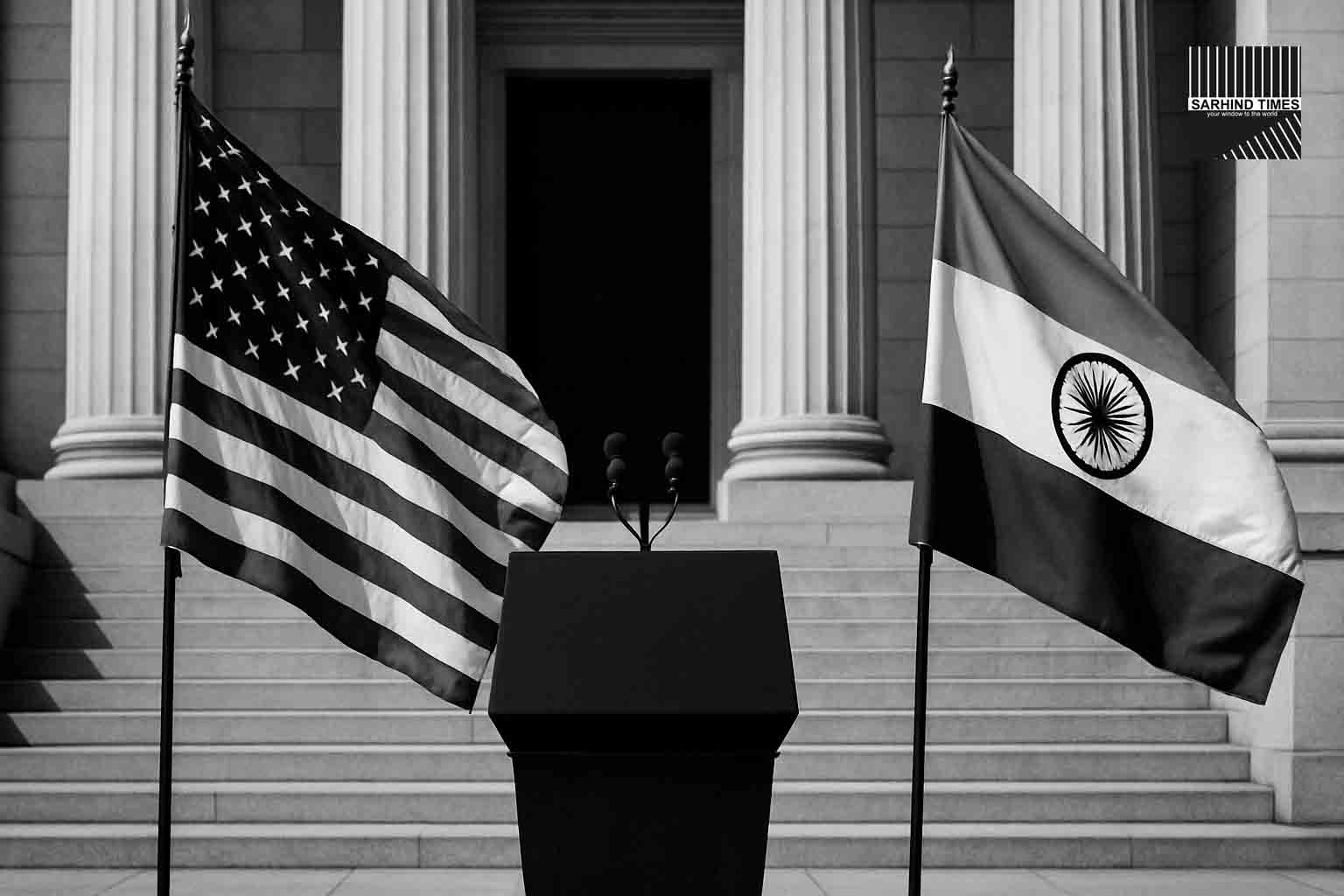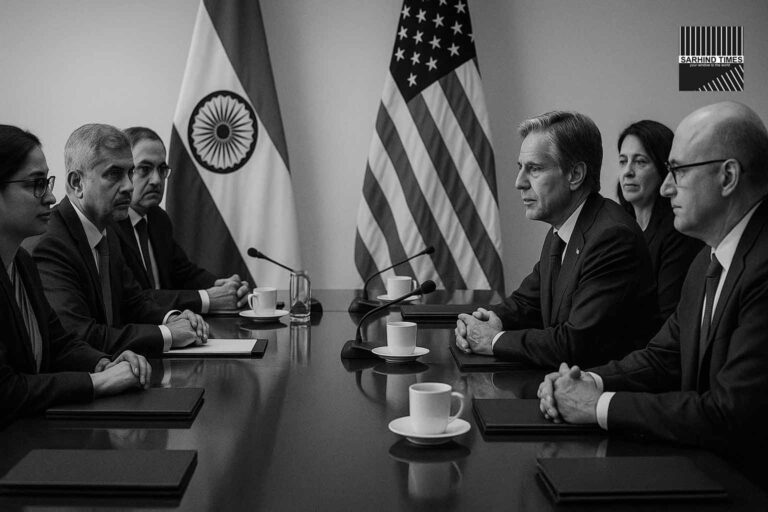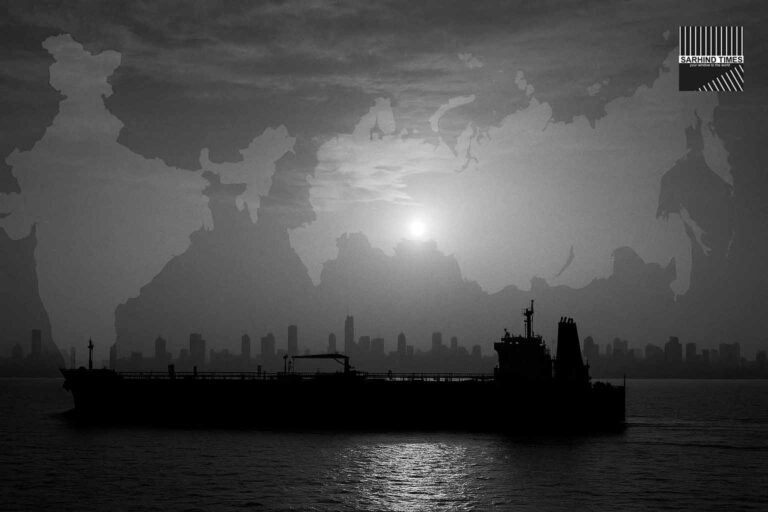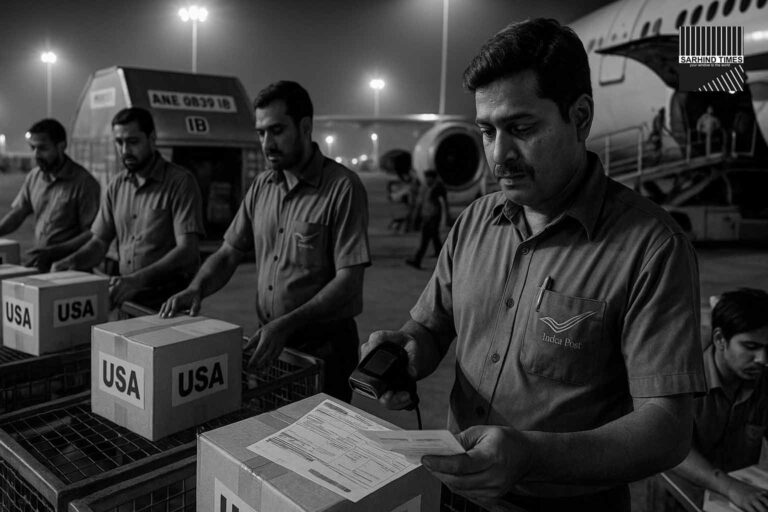WASHINGTON / NEW DELHI – In a closely divided vote of 51-47, the U.S. Senate has confirmed Sergio Gor as the next Ambassador Extraordinary and Plenipotentiary to India. Alongside his appointment, the Senate also confirmed S. Paul Kapur as Assistant Secretary for South & Central Asia. The installations come at a critical juncture in the U.S.–India relationship—where trade disagreements, defence cooperation, supply chain resilience, and people-to-people mobility all loom large.
Gor’s confirmation heralds a return to full diplomatic engagement in New Delhi after a prolonged vacancy. As one of the closest aides to President Donald Trump, his appointment carries both symbolic weight and practical expectations—for better or worse—on how bilateral ties evolve. Stakeholders in industry, academia, and foreign policy will now watch closely for early signals on semiconductor access, critical minerals, research collaboration, and immigration bottlenecks.
I. Profile & Background: Who Is Sergio Gor?
A. Early Life and Political Rise
According to public records, Sergio Gor was born as Sergey Gorokhovsky in Tashkent, Uzbek Soviet Socialist Republic in 1986. His family later relocated to Malta, where he spent portions of his childhood, before eventually moving to the United States. He attended De La Salle College in Malta and later transferred to the U.S. to complete secondary schooling before enrolling at George Washington University, where he earned a BA.
Gor changed his surname from Gorokhovsky to Gor during his political career. He became active in Republican politics, contributing as a political operative, donor, and strategist. In more recent years, he has held influential roles in the Trump White House—most notably as Director of the White House Presidential Personnel Office since January 2025, overseeing appointments and staffing.
B. Role as Special Envoy & Nominee
In August 2025, President Trump announced that Gor would also serve as Special Envoy for South & Central Asian Affairs, a role meant to align regional diplomacy and streamline engagement with countries in India’s neighborhood. The dual announcements—ambassador to India and envoy for South & Central Asia—signaled that Washington intends to tie the India posting into a broader regional strategy.
He remained in his personnel chief role until Senate confirmation, per standard practice. During confirmation hearings, Gor expressed optimism about resolving trade issues and reaffirmed that U.S.–India strategic ties are intact.
C. Criticism, Controversies, and Concerns
Gor’s nomination has drawn scrutiny on several fronts:
- Political rather than diplomatic pedigree
Critics note that Gor is more of a political operator than a seasoned foreign service diplomat—a departure from many traditional ambassadorial appointments. - Trade & tariff tensions
His hearing occurred amid escalating trade frictions between the U.S. and India, particularly after the Trump administration announced plans to raise tariffs on Indian goods. Gor’s statement that the two sides are “not that far apart” on tariff issues drew attention and skepticism. - Relations with technology moguls & past conflicts
His past clash with Elon Musk, who labeled him a “snake” after a dispute over security clearance matters, resurfaced in media discussion. Some see this as a distraction but others interpret it as indicative of Gor’s combative style in politics. - Ambiguous dual roles
The concurrent appointment as a regional envoy raises concerns about overextension. Balancing bilateral duties in India with broader South & Central Asia objectives may test organizational bandwidth.
Despite these concerns, supporters emphasize that his closeness to Trump may grant India direct access to the White House and accelerate decision cycles. Moreover, his political acumen could help navigate the U.S. internal bureaucracy and push forward key priorities.
II. Senate Confirmation: Process, Vote & Implications
A. Confirmation Process & Hearing
Gor’s nomination was referred to the Senate Foreign Relations Committee, which conducted hearings in September 2025. During those hearings, senators grilled him on his plans for U.S.–India ties, his understanding of geopolitical challenges in the Indo-Pacific, and how he would address contentious trade issues. Republican Senator Marco Rubio introduced Gor, praising the strategic importance of India within global architecture. Democrats raised concerns about experience and substance, but ultimately the nomination moved forward.
On October 7, 2025, the Senate invoked an en bloc confirmation of 107 nominees, among them Gor’s nomination, which was approved by a narrow margin of 51–47. This vote underscores how ambassadorial nominations remain entangled in partisan U.S. politics.
B. Significance of the Vote Margin
The 51–47 margin highlights both the political stakes and polarization surrounding Trump’s foreign postings. That the India ambassadorship—a high-profile and geopolitically crucial role—was confirmed in such a close tally signals competing views in Congress on U.S. posture toward India and the broader Indo-Pacific. Moreover, being part of an en bloc confirms that Gor’s fate was tied with other nominees, potentially diluting individual scrutiny.
C. Immediate Effects & Next Steps
With the Senate’s green light, the process now moves to President’s ratification, credentialing and Gor’s presentation of credentials to India’s President. Meanwhile, S. Paul Kapur assumes the leadership role at the State Department’s South & Central Asia bureau, which should coordinate with Gor’s envoy tasks. The U.S. Embassy in Delhi, led until now by Chargé d’Affaires Jorgan K. Andrews, is expected to hand over full responsibilities to Ambassador Gor.
In New Delhi, government watchers and ministries have begun consultations on Gor’s early agenda, anticipating possible visits, policy priorities, and diplomatic meetings.
III. Interests & Expectations: The U.S.–India Agenda
Given the diplomatic vacuum in recent months, Gor enters office at a time of both urgency and opportunity. Here are the principal areas where expectations are likely to crystallize early.
A. Trade, Tariffs & Market Access
Since mid-2025, U.S.–India trade relations have been tense—Washington attempted to hike tariffs on Indian imports citing India’s purchases of Russian oil Gor has indicated in his testimony that both sides aren’t as far apart on resolution as perceived, hinting at a deal possibly within weeks. New Delhi will likely press for tariff rollbacks, greater access for agricultural and dairy exports, and commitments on market liberalization.
Gor’s personal proximity to Trump may help cut through red tape—but it could also raise expectations in India that may be hard to meet. Observers expect him to prioritize early wins on trade as credibility building.
B. Defense, Security & Indo-Pacific Strategy
India and the U.S. have deepened defence ties over recent years—from co-production, joint exercises, technology transfers, to critical supply chain cooperation. Gor’s appointment signals an opportunity to reinvigorate stalled initiatives—especially in defense manufacturing, semiconductor supply chains, and critical minerals.
His envoy role overseeing South & Central Asia also suggests that the U.S. intends to integrate India’s strategic neighborhood into its Asia policy. Afghanistan, Pakistan, Central Asian states, and regional connectivity initiatives could fall within his purview.
C. Research, Technology & Innovation
Academic exchange, high-tech collaboration, joint research in AI, quantum, climate tech, and biotech are emerging domains. India’s push for self-reliance in semiconductors, clean energy, battery tech, and satellite systems may align with U.S. industry and defense interests. Gor’s early challenge would be to signal continuity and reliability in technology partnerships.
D. Immigration, Visa Backlogs & Mobility
One of the most tangible issues for Indian stakeholders is the visa regime, H-1B / work visas, backlog reductions, and smoother mobility pathways for researchers, students, and professionals. Bilateral stakeholders will expect Gor to bring momentum to clearing visa bottlenecks and strengthening people-to-people ties.
E. Public Diplomacy & Cultural Outreach
Beyond statecraft, Gor’s tenure will rest partly on forging public goodwill—through diaspora engagement, cultural programming, media outreach, and educational collaboration. Because he is a political appointee with less diplomatic track record, public diplomacy will be crucial for local legitimacy.
IV. Challenges Ahead & Risks
While the opportunity is significant, Gor also faces constraints and pitfalls during his tenure.
A. High Expectations, Low Patience
Being a close Trump insider, Gor may be held to higher expectations by both sides. Delays or broken promises on trade, technology access, or defense may yield rapid criticism from Indian stakeholders and U.S. skeptics alike.
B. Institutional Resistance & Diplomatic Expertise
Unlike career diplomats, political appointees may struggle with long-term institutional demands, protocol norms, and the complexity of Indian federal systems. Navigating intra-ministry coordination, cultural sensitivities, and regional diversity will test his adaptability.
C. Balancing Dual Roles
The dual envoy role over South & Central Asia may constrain his focus on India. Prioritizing India’s bilateral needs while overseeing regional diplomacy may lead to overstretch or diluted influence.
D. Geopolitical Headwinds
India–U.S. relations remain subject to external pressures: China’s assertiveness, Russia relations, regional conflicts, and global supply chain tensions. Gor will need to be nimble in responding to evolving geostrategic priorities.
E. Domestic U.S. Politics & Budget Constraints
U.S. domestic politics—budget debates, foreign aid scrutiny, partisan polarization—may limit flexibility in implementing ambitious bilateral partnerships. Gor must work within skepticism and legislative oversight tightly.
V. What to Watch in the Initial 100 Days
- Public statements & priorities
The first address given by Gor will signal which areas he considers urgent—trade, defense, visas or climate. - Meeting with Indian leadership
Whether he meets Prime Minister, External Affairs Minister early, or visits state capitals indicates how high priority India is placed. - Trade dialogues
Launch or relaunch of high-level trade negotiation teams, tariff rollback proposals, or sectoral working groups. - Visa / mobility announcements
Any immediate gesture to ease visa backlogs or processes would earn goodwill. - Defense and tech MoUs
Reactivation of projects in semiconductors, critical minerals, co-production, or defense supply chains. - Regional diplomacy moves
As Special Envoy, his engagement with Afghanistan, Pakistan, Central Asia could influence India’s regional environment. - Public diplomacy & outreach
Cultural diplomacy, diaspora interaction, media engagement—how much Gor invests in soft power will matter.
VI. Conclusion: A New Phase in U.S.–India Diplomacy
The confirmation of Sergio Gor as the U.S. Ambassador to India marks more than a bureaucratic fill of vacancy—it is a signal of Washington’s intent to recalibrate its engagement with New Delhi. His close proximity to President Trump presents both opportunity and burden: to serve as conduit in policy disputes, but also to deliver tangible results swiftly.
India will watch closely. Will Gor help reset stalled projects in trade, defense, research and immigration—while navigating the complexities of Indian polity and U.S. politics? The early months may define whether his tenure becomes a bridge or a bottleneck in the U.S.–India partnership.
Diplomacy is often about confidence, continuity and credibility. By securing a full ambassadorial presence once more, the United States returns to a mode of direct engagement. The question now is: what will Ambassador Sergio Gor do with it?
#IndiaUS #Diplomacy #Ambassador #ForeignPolicy #IndoPacific #SergioGor #USIndiaTies #GlobalAffairs

























+ There are no comments
Add yours